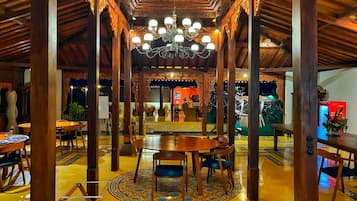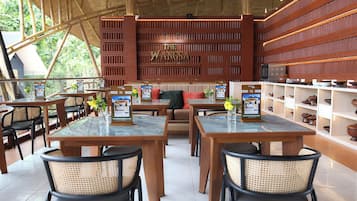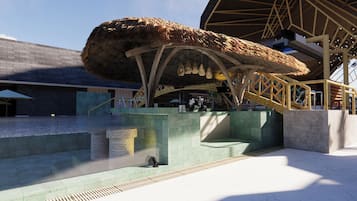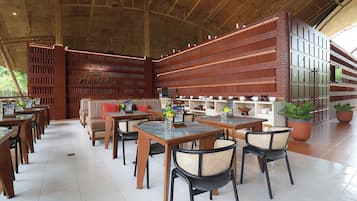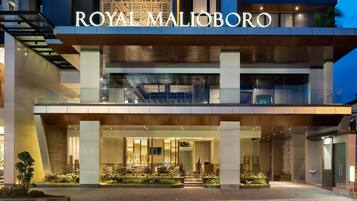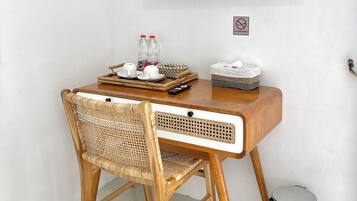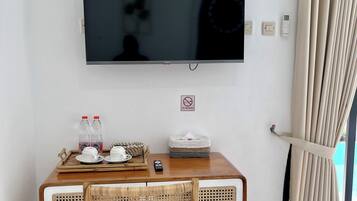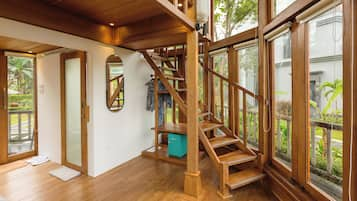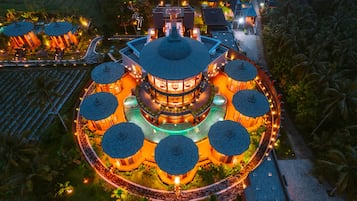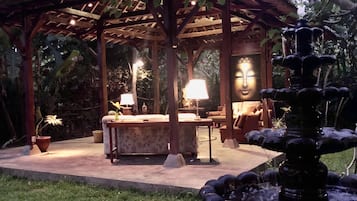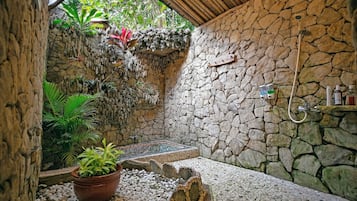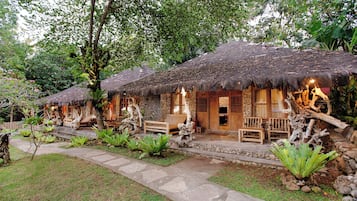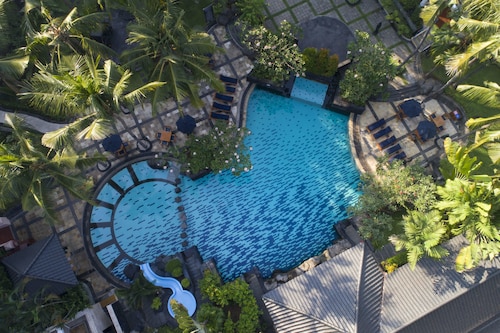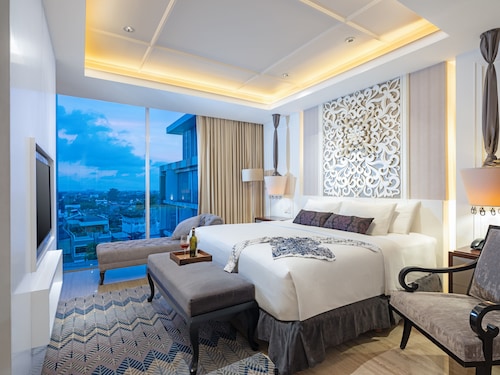Foto von Sharrie Shaw
Hotels mit Wellnessbereich in Tegalrejo suchen
- Und wenn du deine Meinung änderst?Ganz einfach: Buche Hotels mit kostenloser Stornierung.
- Sei ruhig wählerischStöbere in fast einer Million Unterkünften auf der ganzen Welt.
Hotels mit Wellnessbereich in Tegalrejo: Verfügbarkeit prüfen
Heute
Morgen
Dieses Wochenende
Nächstes Wochenende
Beliebte Hotels mit Wellnessbereich
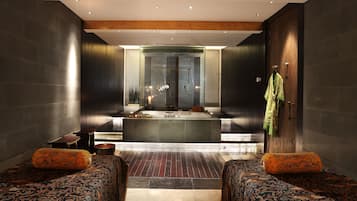
Hotel Tentrem Yogyakarta
Yogyakarta
9.2 von 10, Wunderbar, (315)
Der Preis beträgt 109 €
inkl. Steuern & Gebühren
25. Nov.–26. Nov.

Amaranta Prambanan Yogyakarta
Prambanan
10.0 von 10, Außergewöhnlich, (1)
Der Preis beträgt 73 €
inkl. Steuern & Gebühren
23. Nov.–24. Nov.

Villa Borobudur Resort
Borobudur
9.4 von 10, Außergewöhnlich, (88)
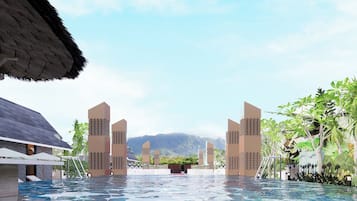
Moritz Hill Borobudur Resorts & Spa
Borobudur
Der Preis beträgt 54 €
inkl. Steuern & Gebühren
14. Nov.–15. Nov.

Royal Malioboro Yogyakarta by Aston
Zentrum von Yogyakarta
9.4 von 10, Außergewöhnlich, (59)
Der Preis beträgt 60 €
inkl. Steuern & Gebühren
14. Dez.–15. Dez.
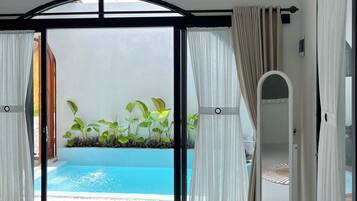
Villa Bale Tentrem Pamungkas
Ngaglik
Der Preis beträgt 69 €
inkl. Steuern & Gebühren
26. Nov.–27. Nov.

Plataran Heritage Borobudur Hotel
Borobudur
9.4 von 10, Außergewöhnlich, (152)

Hotel Le Temple
Borobudur
9.8 von 10, Außergewöhnlich, (21)
Dies ist der niedrigste Preis pro Nacht, der in den letzten 24 Stunden für einen Aufenthalt mit 1 Übernachtung von 2 Erwachsenen gefunden wurde. Preise und Verfügbarkeiten können sich ändern. Es können zusätzliche Bedingungen gelten.
Tegalrejo: Top-Hotelbewertungen
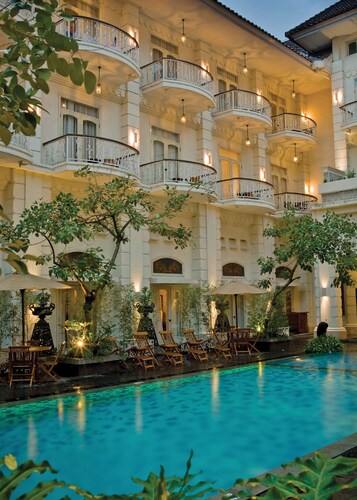
The Phoenix Hotel Yogyakarta - Handwritten Collection
8/10 Gut
Entdecke mit Expedia eine Welt voller Reisen
Alternative Unterkünfte in Tegalrejo
Hotels in der Nähe von anderen Attraktionen
Top-Hotels in Tegalrejo
- Platinum Adisucipto Hotel & Conference
- Swiss-Belboutique Yogyakarta
- ARTOTEL Suites Bianti Yogyakarta
- Plataran Heritage Borobudur Hotel
- Hotel Neo Malioboro by ASTON
- The Atrium Hotel and Resort Yogyakarta
- The Manohara Hotel Yogyakarta
- Gallery Prawirotaman Hotel
- PORTA by Ambarrukmo
- Villa Borobudur Resort
- ibis Styles Yogyakarta
- Royal Ambarrukmo Yogyakarta
- Grand Keisha Yogyakarta
- The Jayakarta Yogyakarta
- INNSiDE by Meliá Yogyakarta
- Harper Malioboro Yogyakarta by ASTON
- Manggolo Homestay Syariah
![Batik (Javanese pronunciation: [ˈbateʔ]; Indonesian: [ˈbatɪk]) is a technique of wax-resist dyeing applied to whole cloth, or cloth made using this technique. Batik is made either by drawing dots and lines of the resist with a spouted tool called a canting (IPA: [ʈ͡ʂantiŋ], also spelled tjanting), or by printing the resist with a copper stamp called a cap (IPA: [ʈ͡ʂap], also spelled tjap). The applied wax resists dyes and therefore allows the artisan to color selectively by soaking the cloth in one color, removing the wax with boiling water, and repeating if multiple colors are desired.
A tradition of making batik is found in various countries, including Nigeria, China, India, Malaysia, Philippines and Sri Lanka; the batik of Indonesia, however, is the most well-known. Indonesian batik made in the island of Java has a long history of acculturation, with diverse patterns influenced by a variety of cultures, and is the most developed in terms of pattern, technique, and the quality of workmanship. On October 2009, UNESCO designated Indonesian batik as a Masterpiece of Oral and Intangible Heritage of Humanity.
Source: Wikipedia
These batik clothes are sold at one of the high end hotel's gift shop in Yogyakarta. They are hand drawn and painted and hence command a high price! It ranges over US$200 although some cheap batik at the market can be found for a mere US$2. The difference lies in the quality, the design and also the amount of skill that's needed to make them.
Common batik wear are made from cotton. The ones shown here are silk and limited in quantity produced.
Yogyakarta and Surakata (Solo) are two cities where batik originated in Indonesia.
#unesco](https://images.trvl-media.com/place/1718/09cd56ac-2be9-4518-ac77-e217d037b46b.jpg?impolicy=fcrop&w=1200&h=500&q=medium)







